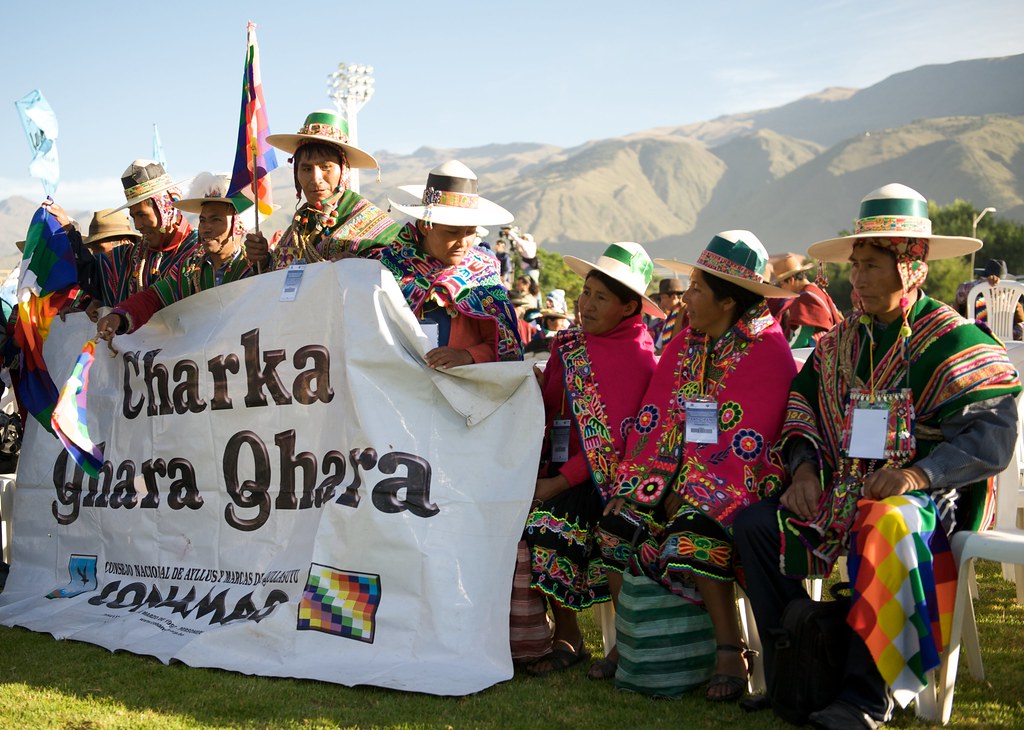Context:
Recently, the Supreme Court (SC) has ruled that people have a right to be free from the adverse effects of climate change.
More on News
- The SC declared that individuals have the right to be shielded from the harmful effects of climate change, a right acknowledged by Articles 14(Right to equality) and 21(Protection of life and personal liberty) of the Constitution.
- This ruling came in a case concerning the preservation of the critically endangered Great Indian Bustard (GIB).
- The Bench noted that the intersection of climate change and human rights has been put into sharp focus in recent years, underscoring the imperative for states to address climate impacts through the lens of rights.
Background
- The apex court’s ruling came in a writ petition which was submitted by retired government official M K Ranjitsinh to the SC, sought safeguarding measures for the Great Indian Bustard (GIB) and the Lesser Florican, both facing extinction.
- The petition called for urgent action, including the formulation and execution of an emergency response plan for GIB protection and recovery.
- This plan encompassed directives for installing bird diverters, halting new projects and lease renewals in critical habitats, and removing power lines, wind turbines, and solar panels.
- During the March 2024 hearing, the SC considered a review of a plea to amend its April 19, 2021 order, which restricted the establishment of overhead transmission lines within a 99,000 sq km area of the GIB habitat in Rajasthan and Gujarat.
- As Union Government ministries filed the application to modify the 2021 order, citing adverse impacts on India’s power sector and the impracticality of undergrounding power lines.
- They also cited India’s commitments on transition to non-fossil fuel energy sources vis-a-vis the Paris climate treaty as one of the key grounds.
Supreme Court new ruling
- The SC amended its April 2021 order, now directing the assessment of the feasibility of undergrounding power lines in specific areas, considering factors like terrain, population density, and infrastructure needs.
- The court recognized that its previous directives were impractical and wouldn’t achieve their goal of conserving the GIB.
- Essentially, the ruling endorsed the Union’s affidavit on steps for GIB conservation and protection.
- However, the court also addressed climate change and litigation in other jurisdictions, highlighting India’s obligations in preventing climate change.
- It emphasised that environmental aspects of the Directive Principles of State Policy must be read together with the right to life under Article 21.
Previous interpretation of Article 21 by the court
- Historically, the SC has viewed Article 21 as the heart of the fundamental rights in the Constitution, encompassing not only the right to life but also ensuring a meaningful and dignified existence.
- In the 1980s, the SC expanded Article 21 to include the right to a clean environment and other rights like education, shelter, clean air, livelihood, and medical care.
- While acknowledging India’s international commitments to mitigate greenhouse gas emissions, the court noted the absence of specific legislation addressing climate change.
- However, the absence of such legislation did not mean that Indians do not have a right against adverse climate change effects.
Significance of Judgement
- The experts see the judgement as reinforcing environmental and climate justice, expanding Article 14 to include the right to a clean environment.
- This proactive approach addresses environmental and climate justice issues in line with international commitments.
- It believes the judgement sets a crucial legal precedent, influencing public discourse on environmental matters and potentially shaping future government policies.
- Acknowledging the “right to be protected from the harmful impacts of climate change” sets a major example for other important public issues where current laws are not enough.
About Great Indian Bustard
- GIB is an agro-grassland bird endemic to the Indian Subcontinent. Known locally as Godawan in Rajasthan,
- Scientific Name: Ardeotis nigricep.
- Distribution: A majority of the GIB population left in the wild is in the arid grasslands of Thar, Rajasthan (about 120), distributed in the Desert National Park and the Pokhran Field Firing Range.
Features:
- It is one of the heaviest flying birds in the world.
- The female is smaller than the male, with less distinct markings and a less developed breast band.
- GIBs belong to the Otididae family and show sexual dimorphism, with males having a distinctive gular pouch important for mating displays.
- These birds are omnivores, meaning they eat both plants and animals.
Conservation Status:
- IUCN Red List: Critically Endangered (since 2011).
- Wildlife Protection Act 1972 (India): Schedule I (highest protection)

